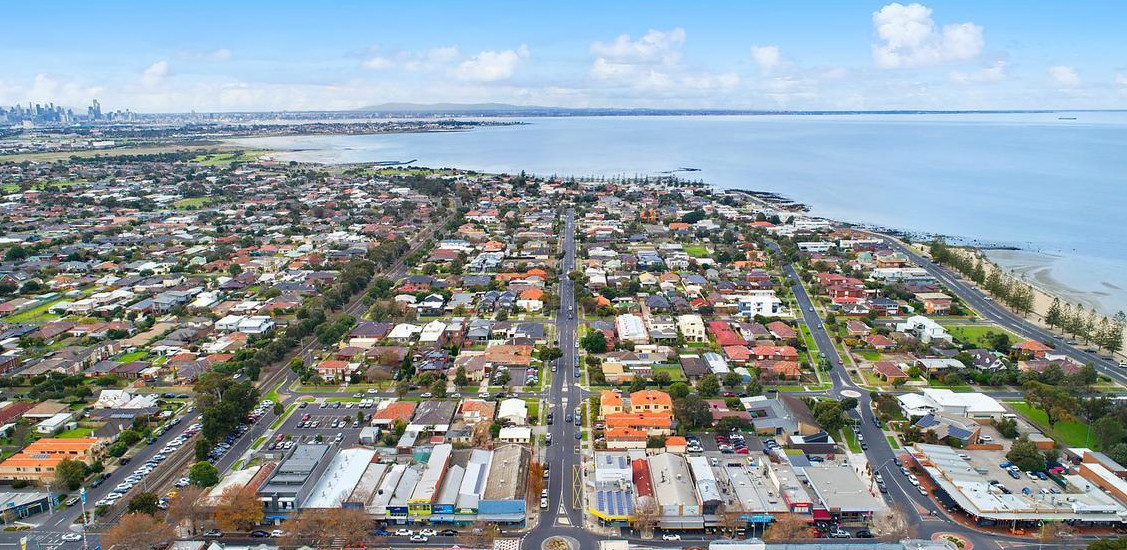Altona North units recorded the highest price growth in the state over the past decade, the latest Top Ten in Ten Years report by onthehouse.com.au shows.
The median unit price rose from $248,314 in May 2008 to $655,491 last May – an increase of 164 per cent.
Altona came in at No. 7 in the top 10 growth suburbs, with median unit prices rising 103.4 per cent from $315,331 to $642,750.
Onthehouse.com.au, a CoreLogic business, looked at the top 10 performing suburbs in each state in Australia over the past 10 years, analysing both houses and units, based on the median value data in May 2018.
Sweeney Altona director Shawqi Ein said he believed Altona North and Altona had always been undervalued.
“People started to discover those suburbs just in the last 18 months,” he said.
“Altona North has very, very, close proximity to the city, bordering Newport and Williamstown.
“It’s a small suburb in Hobsons Bay but it has the major shopping centre in Hobsons Bay – you have three major shopping centres in Altona North.”
He said Altona had the beach, a village lifestyle and Altona Primary School, which had been voted one of the state’s top 100 schools.
Mr Ein said bigger blocks in Altona North and Altona were very expensive, so a unit was an attractive choice for first home buyers, young families and elderly people who wanted to downsize in the suburb they had lived their whole lives.
Williams Williamstown sales consultant Gemma Armstrong said many bigger blocks were being subdivided for units in Altona North and Altona.
“They’re definitely growing and developing very quickly so there are lots of old blocks that were originally 600-700 square metres that have been snapped up and developed over the last 10 years,” she said. “With Melbourne rapidly growing out further, people want to be as close to the city as possible.
“Altona North was once a very affordable suburb but now has become an inner-city suburb, really.”








